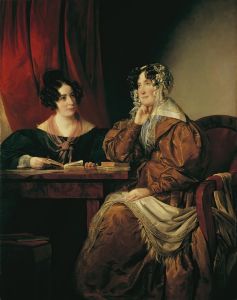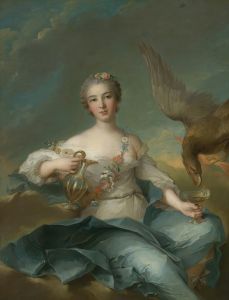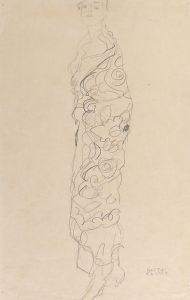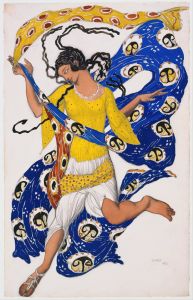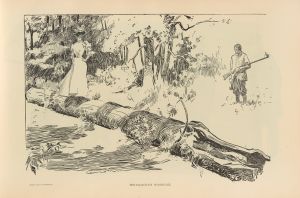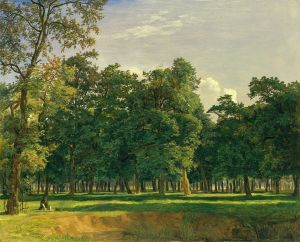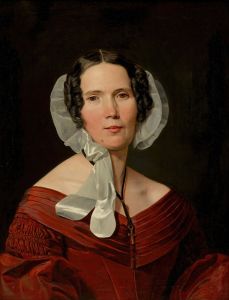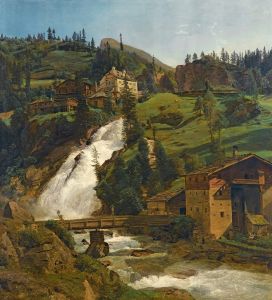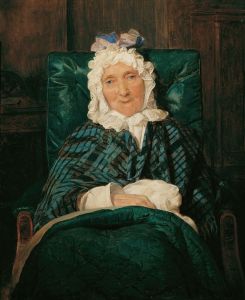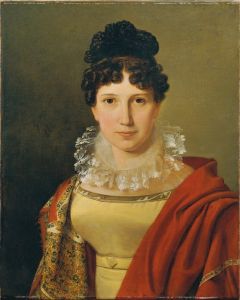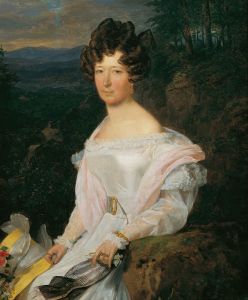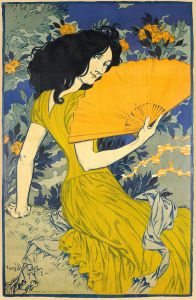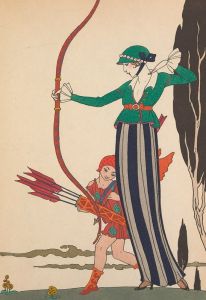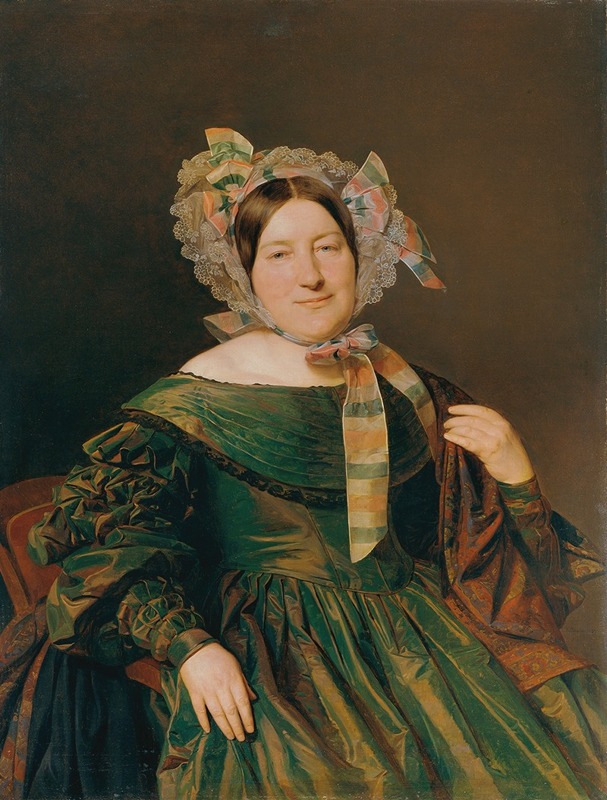
Frau in grünem, lachsrot changierendem Kleid
A hand-painted replica of Ferdinand Georg Waldmüller’s masterpiece Frau in grünem, lachsrot changierendem Kleid, meticulously crafted by professional artists to capture the true essence of the original. Each piece is created with museum-quality canvas and rare mineral pigments, carefully painted by experienced artists with delicate brushstrokes and rich, layered colors to perfectly recreate the texture of the original artwork. Unlike machine-printed reproductions, this hand-painted version brings the painting to life, infused with the artist’s emotions and skill in every stroke. Whether for personal collection or home decoration, it instantly elevates the artistic atmosphere of any space.
Ferdinand Georg Waldmüller was an Austrian painter known for his contribution to the Biedermeier period, a time characterized by a focus on the middle class and a detailed, realistic style. One of his notable works is "Frau in grünem, lachsrot changierendem Kleid," which translates to "Woman in a Green, Salmon-Pink Iridescent Dress." This painting exemplifies Waldmüller's skill in capturing the nuances of fabric and the subtleties of light, which were hallmarks of his artistic approach.
Waldmüller was born in Vienna in 1793 and became one of the most prominent Austrian painters of the 19th century. He studied at the Academy of Fine Arts in Vienna and initially focused on portraiture, which was a popular genre at the time. His ability to render textures and his attention to detail made him a sought-after portraitist among the Viennese bourgeoisie. Over time, Waldmüller expanded his repertoire to include landscapes and genre scenes, often depicting rural life with a sense of realism and empathy.
The painting "Frau in grünem, lachsrot changierendem Kleid" is a testament to Waldmüller's mastery of color and texture. The title itself highlights the dual-toned nature of the dress, which shifts between green and salmon-pink hues depending on the light. This effect, known as iridescence, is challenging to capture in paint, yet Waldmüller manages to convey it with remarkable skill. The dress's fabric appears almost tangible, showcasing his ability to depict the play of light on different materials.
Waldmüller's work often reflects the social and cultural milieu of his time. The Biedermeier period was marked by a focus on domesticity and the private lives of the middle class, and this is evident in his choice of subjects. His paintings frequently depict serene, everyday scenes imbued with a sense of tranquility and order. "Frau in grünem, lachsrot changierendem Kleid" fits within this context, presenting an image of elegance and refinement.
The painting also demonstrates Waldmüller's interest in the effects of light and shadow, a common theme in his work. He was known for his ability to capture the natural light of different times of day and seasons, lending his paintings a sense of realism and immediacy. This attention to light is evident in the way the dress's colors shift and change, suggesting a dynamic interaction with the environment.
Waldmüller's career was not without controversy. He was a vocal critic of the academic art establishment in Vienna, advocating for greater artistic freedom and innovation. This stance sometimes put him at odds with the art institutions of his day, but it also cemented his reputation as a forward-thinking artist. Despite these challenges, he remained a prolific painter throughout his life, leaving behind a legacy of works that continue to be celebrated for their technical excellence and emotional depth.
In summary, "Frau in grünem, lachsrot changierendem Kleid" is a fine example of Ferdinand Georg Waldmüller's artistry. It encapsulates the Biedermeier aesthetic with its focus on detail, light, and the depiction of middle-class life. Waldmüller's ability to render the iridescent quality of the dress speaks to his skill and innovation as a painter, securing his place as a significant figure in 19th-century Austrian art.





